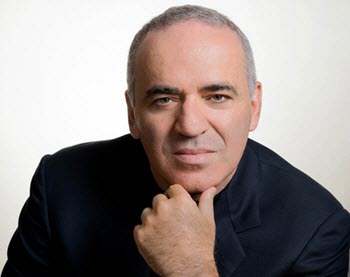The Concept of Tempo in Chess
In the intriguing world of chess, the notion of tempo plays a crucial role in determining the outcome of a game. When speaking about tempo, we are referring to the timing and pace at which players make their moves. Mastering the concept of tempo is not limited to the simple act of moving pieces on the board. It involves executing each move in such a way as to effectively gain an upper hand against the opponent. The introduction of tempo often leads to strategic advantages and influences the tactical decisions throughout the match.
The Role of Tempo in Opening Moves
In the opening phase of a chess game, understanding how to control tempo can substantially affect the subsequent phases of the game. The opening moves are essential as they lay the groundwork for both the middlegame and the endgame. A player who manages to gain tempo during these initial stages often finds themselves in an advantageous position. Essentially, gaining tempo during the opening means making moves that necessitate a response from the opponent that yields the player an extra advantageous move.
To illustrate, consider developing a piece in the opening that simultaneously attacks an opponent’s piece. This forces the opponent to defend or move the attacked piece, effectively handing the initiative to the player who attacked. Strategies like these in the opening, known as gaining a tempo, are integral to establishing a favorable position on the board.
Example of Gaining Tempo
An archetypal instance of gaining tempo arises during the player’s early moves. Suppose a player moves a knight from g1 to f3. This seemingly straightforward move achieves multiple objectives: it develops the knight while exerting pressure on the center of the board, often eliciting a reaction from the opponent. It sets a tone of assertiveness, encouraging the opponent to adjust their strategy accordingly. This dual-purpose move defines the essence of tempo in the opening, where each move must serve the broader strategic goals of control and development.
Tempo in the Middlegame
As the game progresses into the middlegame, the significance of tempo intensifies. In this phase, players look to transition seamlessly from their opening strategies into tactical maneuvers. Those who exploit tempo effectively during this stage are more likely to command significant portions of the board, thereby directing the game’s flow. Conversely, players who squander tempo may find their pieces misplaced or poorly coordinated.
Strategic Use of Tempo
Within the dynamic setting of the middlegame, utilizing tempo strategically involves crafting threats that necessitate particular responses from the opponent. These reactions often lead the opponent off their planned course, providing the player with tactical advantages. For instance, executing a pawn break at the opportune moment can dismantle an opponent’s formation, compelling them to respond defensively. Similarly, judicious piece sacrifices might offer significant positional or temporal advantages. Such maneuvers enable the player to dictate the pace of play, often seizing back any temporary loss in tempo.
The Impact of Tempo in the Endgame
As the game edges into the endgame, tempo becomes even more critical, particularly in the context of pawn endgames. Here, the ability to manage tempo often determines the difference between victory and a draw. A player who capitalizes on their tempo advantage can steer the game toward a favorable conclusion, manipulating the opponent’s position and maintaining the upper hand.
Concept of Triangulation
A sophisticated tactical technique involving tempo in the endgame is triangulation. In essence, triangulation is when a player makes an extra, indirect move to yield the turn back to the opponent under circumstances where all direct approaches lead to disadvantage or stalemate. This might involve moving the king in a zigzag pattern, effectively forcing the opponent into an unfavorable position. Triangulation exemplifies deliberate tempo manipulation, turning it into a tool that can redefine the dynamics of an endgame.
Conclusion
The concept of tempo is a testament to how individual moves contribute to the broader strategic ambitions in chess. Mastering tempo requires insight into when to advance assertively and when to hold back strategically. The ability to recognize and seize opportunities while applying consistent pressure on the opponent is vital. Players who command tempo effectively maintain control over the board, often dictating the terms through each game phase—opening, middlegame, and endgame.
For those looking to delve deeper into competitive chess strategies, several resources await exploration. Chess federations offer a treasure trove of strategic analyses, while professional players provide expert insights and learning opportunities. Whether you are an aspiring player or a seasoned competitor, understanding the nuances of tempo can significantly enhance your play. Engaging with these resources might provide the depth and perspective needed to transform theoretical knowledge into practical prowess on the chessboard.



